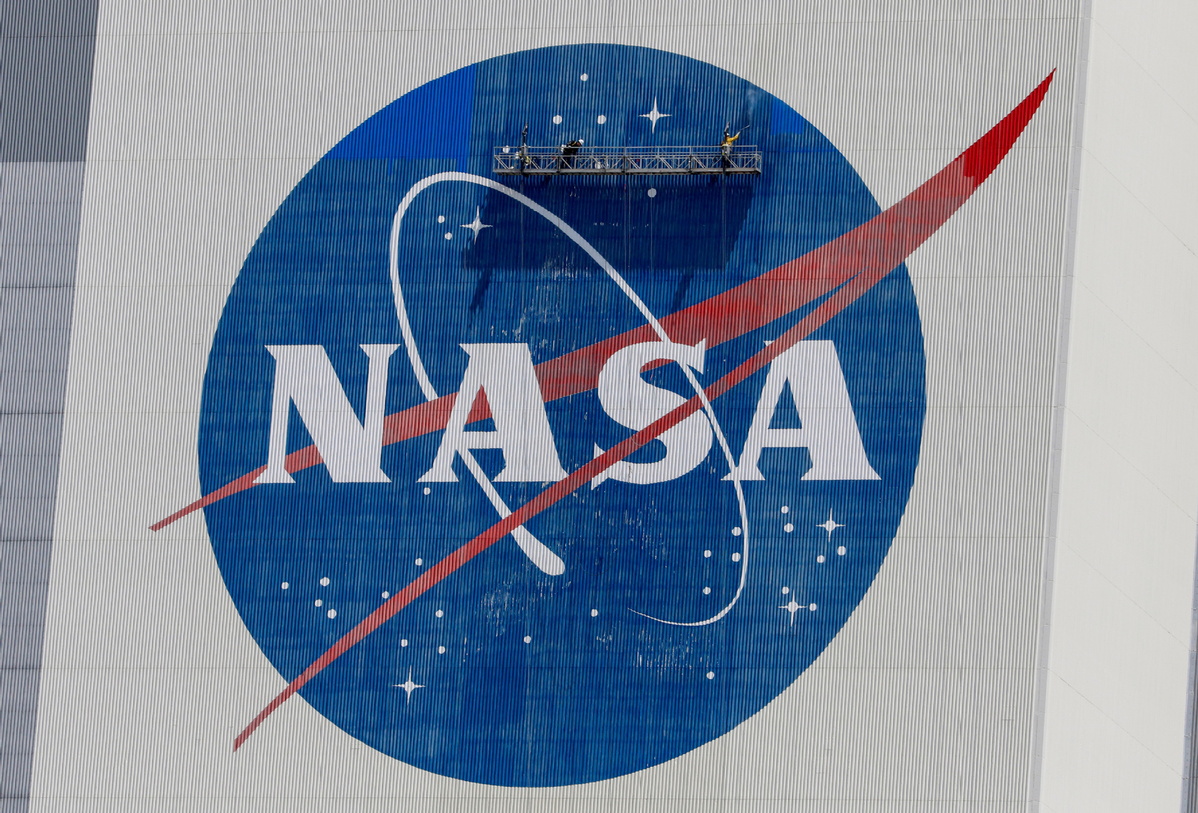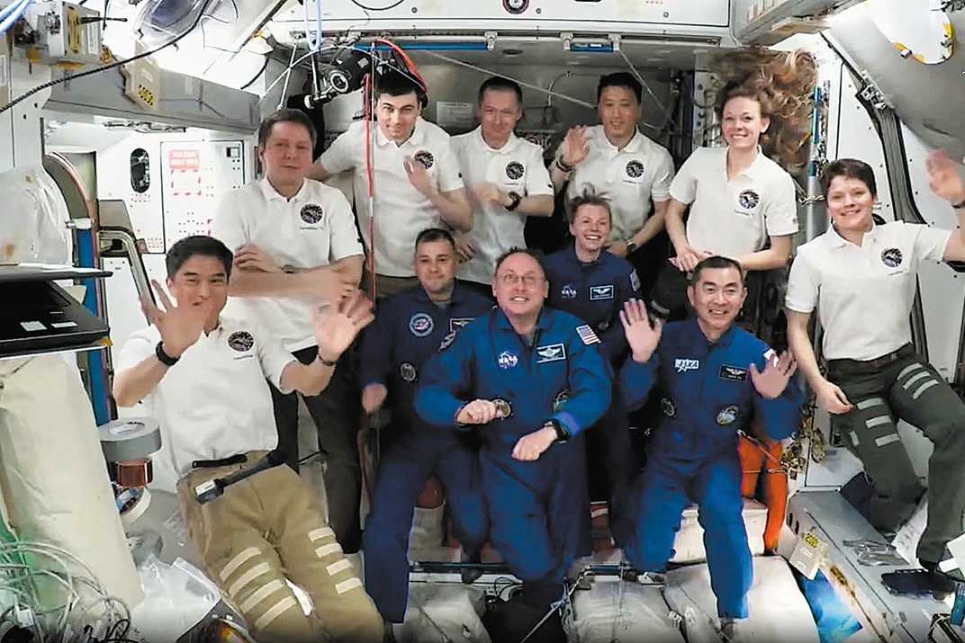NASA to smash asteroids in test of defense systems


NASA will launch a spacecraft next month to deliberately hit a pair of asteroids and test the United States' planetary defense system in a mission that aims to find out how best to protect humans from errant space rocks that could crash into the Earth.
The Double Asteroid Redirection Test (DART) mission will launch at 1:20 am Eastern time on Nov 24, aboard a SpaceX Falcon 9 rocket from the Vandenberg Space Force Base, 50 miles northwest of Santa Barbara, California.
The target is a binary asteroid (two space rocks moving in tandem) called Didymos, which consists of one larger asteroid measuring about 2,600 feet (780 meters) in diameter and a smaller "moonlet" called Dimorphos measuring about 525 feet (160 meters) across.
They orbit the sun and sometimes come close to Earth. NASA has stressed that the asteroids are no threat to humans.
"We're going to make sure that a rock from space doesn't send us back to the Stone Age," Thomas Statler, a DART program scientist at NASA said during a podcast.
Andrea Riley, DART program executive at NASA, said that DART was the first step in testing methods for "hazardous asteroid deflection''.
She said that potentially hazardous asteroids are a global concern, and the test would allow NASA and its European colleagues to "collect the most accurate data possible from this kinetic impact-deflection demonstration".
The autonomous spacecraft will travel at 6.6 kilometers per second (15,000 miles per hour) and will be equipped with a 31-pound camera called DRACO.
When the spacecraft separates from its launch vehicle — the Space X rocket — in November it will cruise for a year until September 2022 and finally hit Dimorphos when it gets within 11 million kilometers from Earth.
Waiting until it is this close to Earth will allow scientists and observers to use telescopes to watch what happens. When the spacecraft hits the moonlet, it will change the moonlet's direction by altering its speed by a fraction of 1 percent.
NASA said that after DART launches, it will deploy a Roll Out Solar Arrays (ROSA) system that will emit solar power to push DART's electric propulsion system.
While Statler said that the agency is unaware of any asteroids that could hit the Earth within 100 years, it will be "the first time humanity has changed a celestial motion".
The DART mission was created for the NASA Planetary Defense Coordination Office and was managed by the Johns Hopkins University Applied Physics Laboratory, according to CNN.
This year, the public's interest in space and space exploration has skyrocketed after billionaires — American Jeff Bezos, the former Amazon CEO, and a small crew; and British billionaire Richard Branson, head of Virgin Galactic and his crew, traveled to the edge of space in spacecrafts built by their own companies Blue Origin and Virgin Galactic.
Star Trek actor William Shatner, 90, who portrayed the legendary TV character Captain James Kirk of the Starship Enterprise in the 1960s popular science-fiction TV show about space, was due to travel to space on Tuesday aboard Blue Origin's New Shepherd spacecraft.
Shatner was set to lift off, along with three others, from Blue Origin's launch site in Van Horn, West Texas. But the mission was delayed until Wednesday because of concerns about weather conditions.
Shatner said in a video statement released by Blue Origin: "I plan to be looking out the window with my nose pressed against the window. The only thing I don't want is to see a little gremlin looking back at me," he said in a reference to a 1963 episode of The Twilight Zone in which he played an airline passenger who claimed to see a monster on the plane's wing.

































